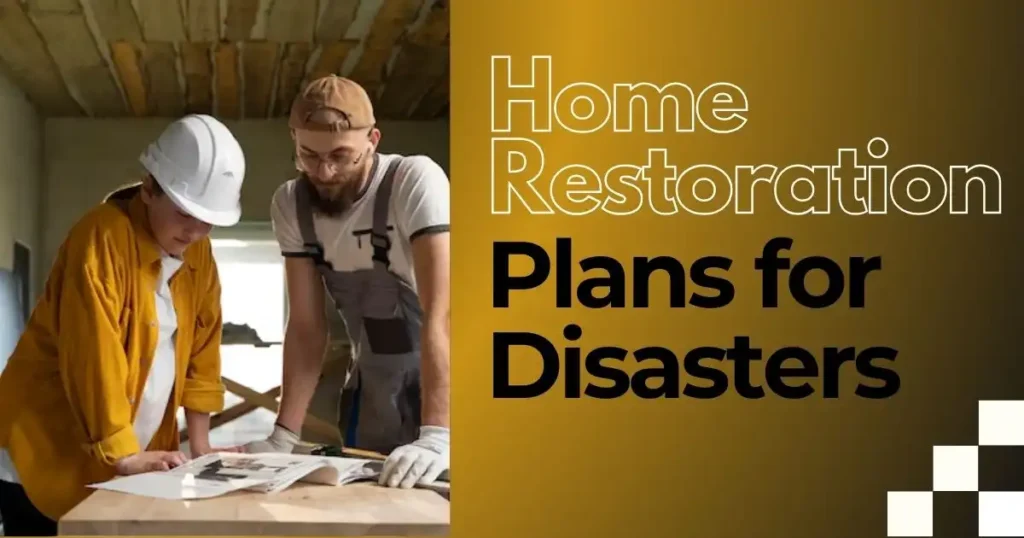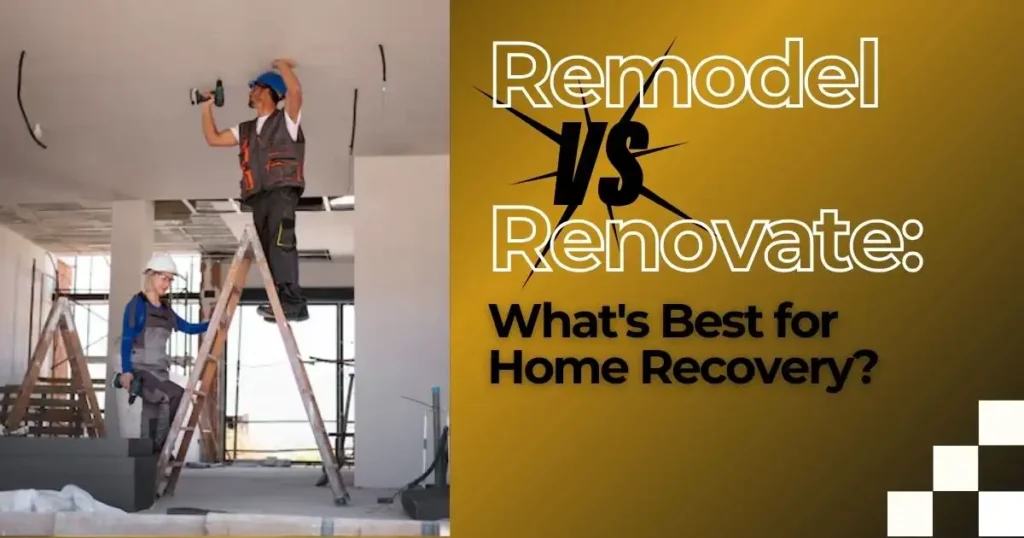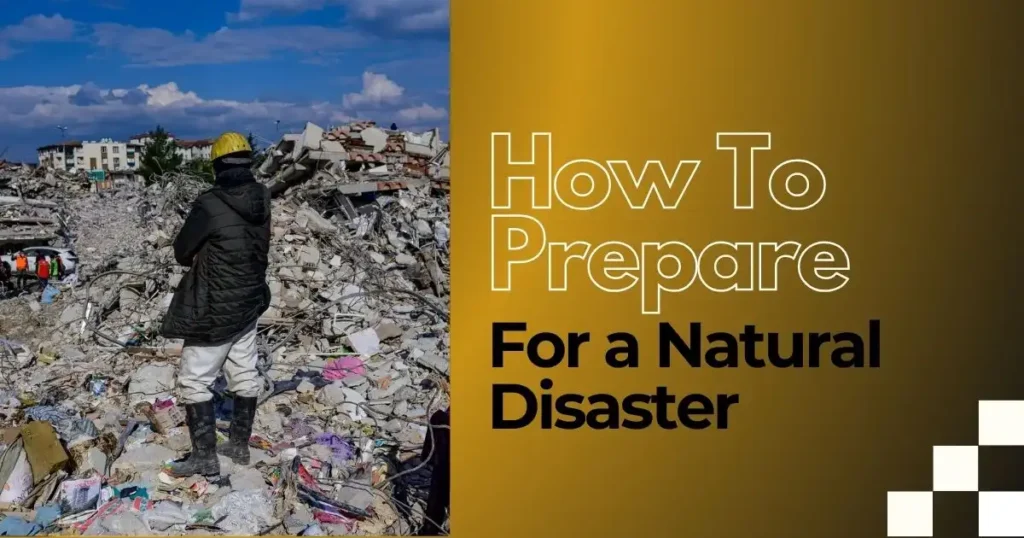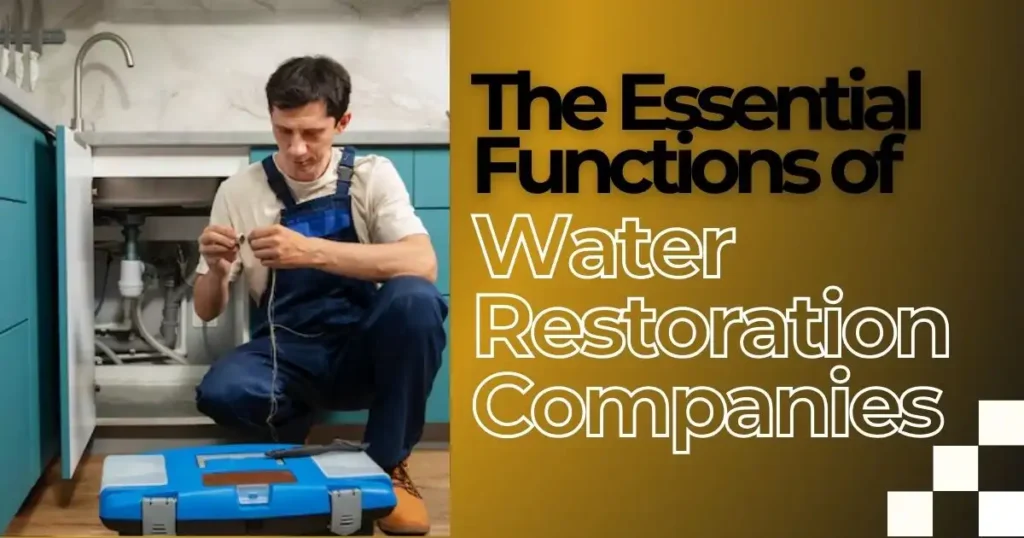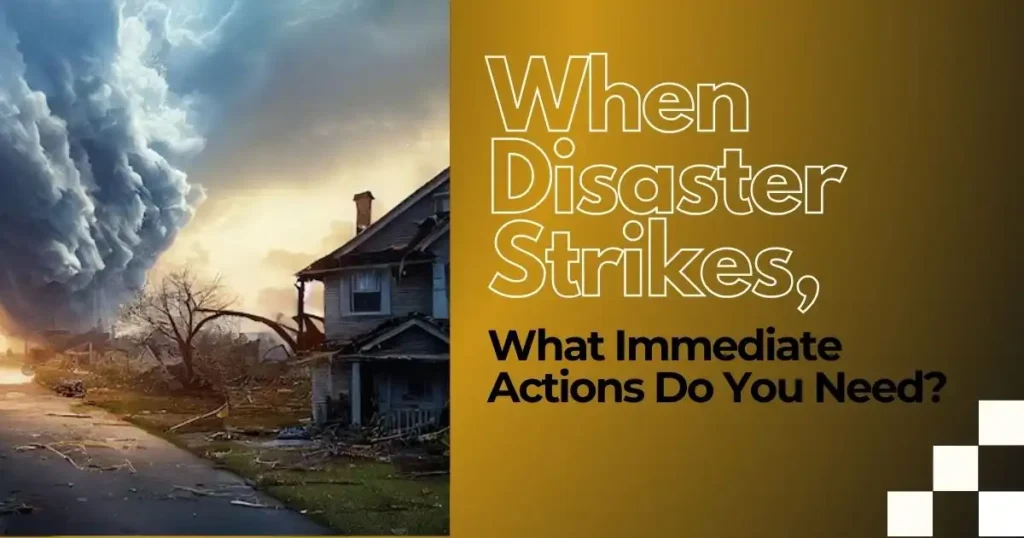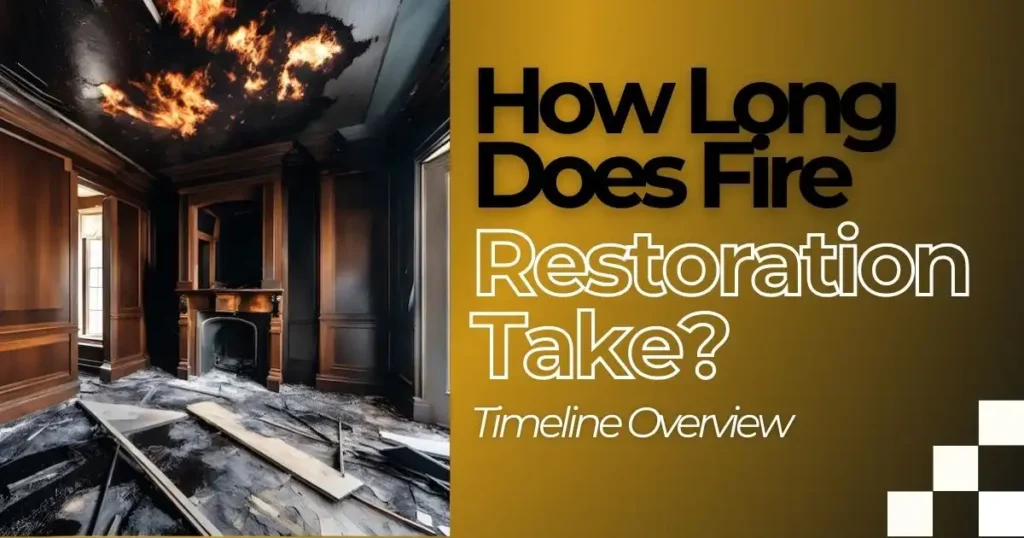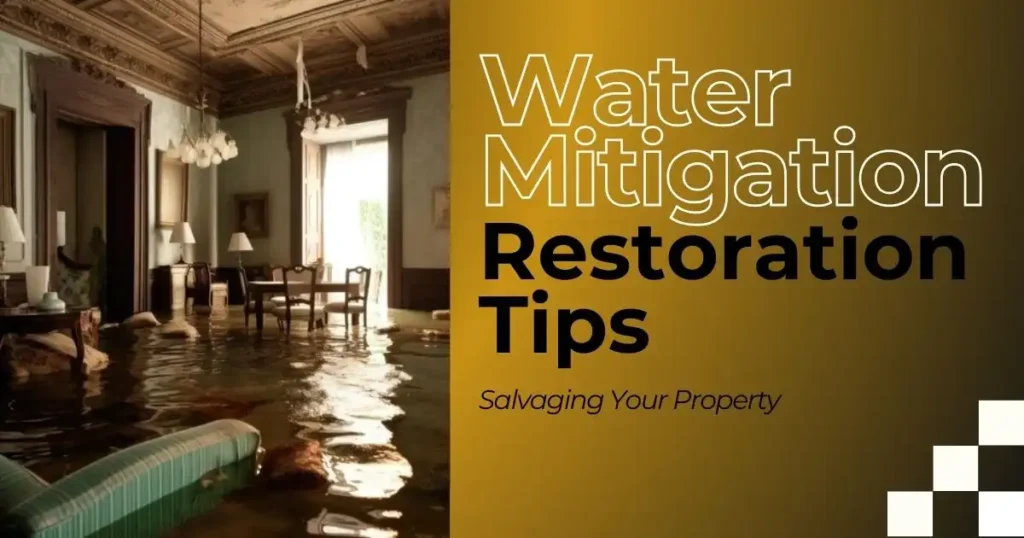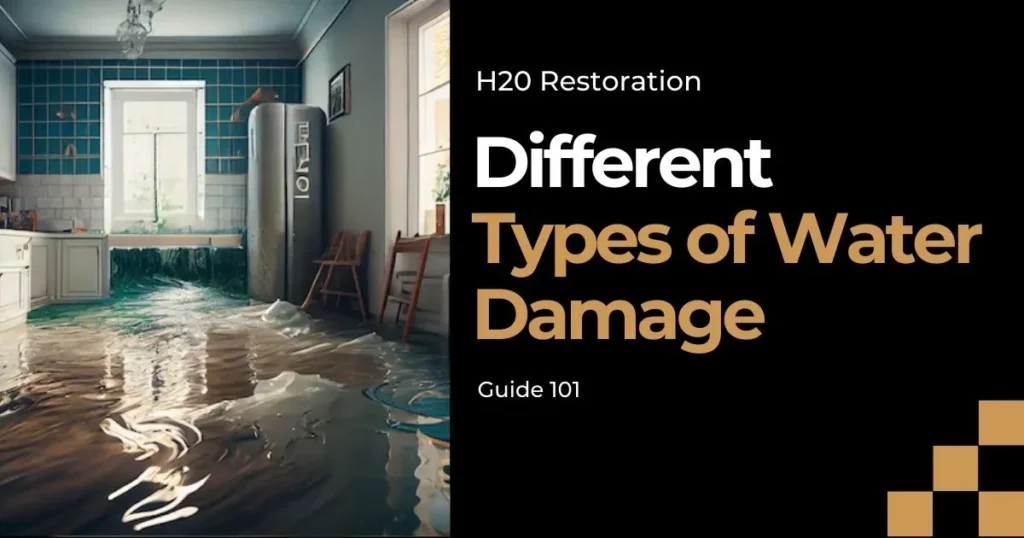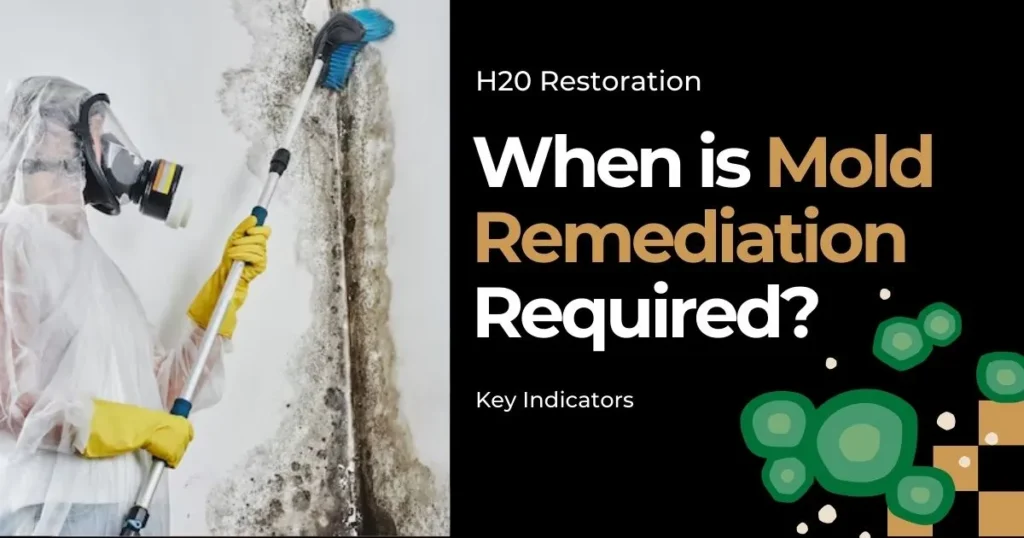Home Restoration Plans for Disasters
FEMA’s study on the effectiveness of home preparedness found that households with emergency plans experienced significantly less property damage and financial loss than those without plans during disasters. Natural and man-made disasters can strike unexpectedly; being prepared is imperative. Whether it’s a flood, fire, earthquake, or any other emergency, having a solid disaster recovery plan is like having a lifeboat in stormy seas. However, mere preparation isn’t enough; readiness for the unexpected is equally essential. Hence, maintaining an up-to-date home restoration plan becomes indispensable. You need to learn how to prepare for natural disasters thoroughly. What is Emergency Home Restoration? Emergency home restoration involves restoring your residence to a habitable state after a disaster. Whether triggered by storms, floods, fires, mold, accidents, or other natural calamities, these events transform homes into uninhabitable conditions until addressed. Emergency home restoration companies like H20 Restoration specialize in swift action and repairs, aiming to make your house livable again swiftly. They prioritize addressing damage rather than engaging in full-scale rebuilding, ensuring you have shelter restored promptly. 3 Things to Consider When Planning Your Home Restoration Before creating an actual plan, let us first identify the three key factors to remember as you decide how to plan your restoration project: 1. Your Budget Allocation The amount you allocate for home restoration dictates the scale of your project. Determining your spending limit is important to planning effectively and exploring potential cost-saving measures. Identify and prioritize project elements of lesser importance, and consider omitting them to align with your financial constraints. Additionally, seek estimates from several contractors to explore options and find the most suitable one for your needs. 2. Property Assessment Assessing your property’s condition guides you in discerning salvageable aspects and areas requiring restoration. Renovating a fixer-upper demands more resources and time than enhancing a well-maintained property, influencing budget allocation and project selection. Basic Property Assessment Steps: 3. Project Objectives Beyond addressing immediate concerns, consider broader objectives for your restoration project. Whether enhancing functionality, boosting energy efficiency, increasing property value, or improving comfort, aligning your goals ensures that your investment yields worthwhile outcomes. Step-by-Step Home Renovation Checklist In 2022, the average U.S. homeowner spent approximately $8,484 on home improvement projects, reflecting a national total expenditure of around $567 billion. This marks a notable 15% increase from 2021, according to CBS News. So, If your home has been significantly damaged by a disaster, initiating a renovation project can evoke mixed feelings of excitement and overwhelm. To ensure success, it’s important to define the project’s goals, monitor progress, and make necessary adjustments. Navigating your renovation project can be more manageable with a carefully crafted plan. Below, we present a step-by-step home restoration plan: 1. Initial Assessment and Planning 2. Research and Documentation 3. Design Development 4. Structural Repairs and Renovations 5. Exterior Restoration 6. Interior Restoration 7. Landscaping and Outdoor Spaces 8. Final Touches and Finishing Details 9. Monitoring and Maintenance Considerations: Who to Contact First After Home Damage? After addressing immediate safety concerns, briefly assess the damage. If it seems minor, consider contacting a restoration company for cost insights before deciding on an insurance claim. Some insurers may need immediate notification. If unsure about the extent of damage or need more certainty, seek assistance from home restoration services. Success in your renovation project depends on having the right team. To ensure that you have a qualified and reliable workforce to carry out the project, below are some things to consider: Looking for Emergency Disaster Recovery Services? Collaborating with suitable organizations during the recovery and restoration can provide your business and community with vital services and resources. H20 Restoration offers a range of restoration solutions, including specialized services such as water damage restoration and emergency response and restoration assistance. Moreover, we support developing and accessing your restoration and recovery plan, enabling you to adhere to the policies and procedures you’ve established consistently. Final Thoughts In times of crisis, having a comprehensive emergency home restoration plan is not just a precaution; it’s a necessity. By proactively preparing for the unexpected and partnering with reliable restoration services like H20 Restoration, you can mitigate damage, ensure safety, and expedite recovery. Remember, the success of your restoration project hinges on thorough planning, swift action, and collaboration with trusted professionals. Together, we can navigate the uncertainties of disasters with resilience and confidence, ultimately restoring your home and community to their former glory. FAQs Why is having a home restoration plan essential? Having a home restoration plan is crucial for preparedness and resilience in the face of disasters. It helps homeowners mitigate damage, ensure safety, and expedite recovery by providing clear guidelines and procedures to follow in emergencies. How can homeowners access their restoration and recovery plans? Homeowners can access their restoration and recovery plan by keeping a copy in a readily accessible location, such as a digital file stored in the cloud or a physical binder kept in a secure place. Regularly reviewing and updating the plan is essential to ensure its effectiveness in emergencies. How can homeowners find reliable emergency restoration services? Homeowners can find reliable emergency restoration services by researching reputable companies, checking online reviews and testimonials, asking for recommendations from friends or family, and verifying the credentials and insurance of restoration contractors before hiring them.

